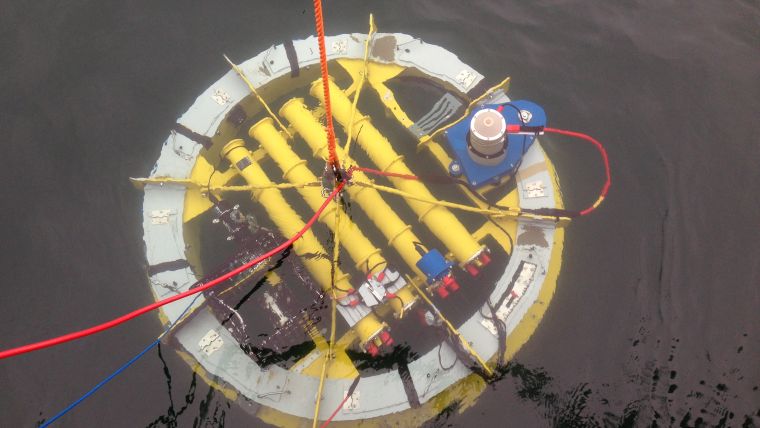Partrac Delivers Final Sea Bed Erosion Datasets for Flagship Aquaculture Project
UK marine survey company Partrac Ltd recently provided key seabed erosion data to the Scottish Association for Marine Science (SAMS), for a project funded by the Scottish Government since 2013, aimed at upgrading a fish waste dispersion model (NEWDEPOMOD) used by the Regulator to underpin the consenting process for the domestic aquaculture industry. The NEWDEPOMOD model will contribute to the industry’s growth strategy for aquaculture in Scotland to 2030, an ambitious, industry-led plan for sustainable growth across the entire aquaculture value chain.
Partrac worked in conjunction with scientists from SAMS, Oban, and led a series of offshore data collection programmes at 11 commercial marine aquaculture sites off the Scottish west coast. The work involved the use of benthic flume technology to measure seabed erosion parameters, which the model needs in order to compute waste erosion, settling and dispersion. Benthic flumes are devices that are deployed to rest on the seabed and can be used to apply a controlled flow stress onto the surface of submerged sediments, and thereby determine the stability directly. Two flumes of the Voyager series were deployed at fish farm sites collecting data on seabed erosion parameters at organically impacted locations.
Collected Data Help Seabed Erosion Module
Dr Kevin Black, technical director at Partrac said that a models require input data to work properly, and he finds it key that data inputs from the real world are used in the model where possible so that they are as accurate as we can make them. The deployments of the flumes, in waters up to 40m depth, has never been undertaken before at fish farm sites and the new data collected will now help to improve the seabed erosion module within the NEWDEPOMOD model. Seabed erosion parameters for materials such as fish waste need to be measured as they cannot be derived any other way.
Aquaculture is an industry of growing importance in Scotland supporting around 8,000 jobs and worth an estimated GBP650 million to the economy. Scotland’s National Marine Plan (NMP) sets out a national strategy to increase Marine finfish production (whole wet salmon, rainbow trout, halibut, brown/sea trout) from 179,755 tonnes (2015) to 210,000 tonnes, by 2020, while taking into account environmental protection. The Scottish Government consider that upgrading the DEPOMOD model will help developers and Regulators to better understand the impact of fish farms on the sea bed, particularly as they develop further in higher energy locations – and the data provided by Partac is integral to the new model.














